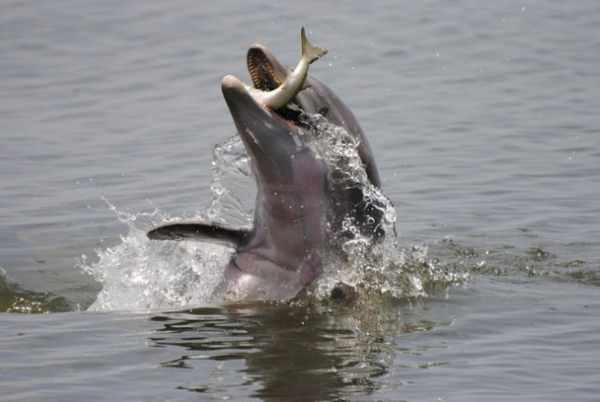New England, a region renowned for its historical significance and stunning landscapes, also boasts a vibrant array of animal life that often goes unnoticed amidst its picturesque charm. From the rugged shores of Maine to the tranquil forests of Vermont, the diverse ecosystems of New England are home to a remarkable variety of wildlife.
Table of Contents
This article delves into the fascinating world of animals in New England, shedding light on the captivating creatures that inhabit its coastal marshes, towering mountains, and dense woodlands.
While iconic species like the majestic moose and elusive black bear roam the expansive forests, the coastal habitats teem with seabirds, seals, and other marine life. Exploring the delicate balance between urban development and preserving natural habitats, we uncover the conservation efforts in place to protect these animals.
Join us as we embark on a journey to uncover the hidden treasures of New England’s animal kingdom, understanding the intricate web of life that contributes to the region’s ecological tapestry.
List of Animals in New England
- White-tailed deer
- Eastern coyote
- Red fox
- Black bear
- Eastern chipmunk
- American robin
- Eastern Bluebird
- Wild turkey
- Peregrine falcon
- Common raven
- Atlantic cod
- Striped bass
- Brook trout
- American eel
- Harbor seal
- Humpback whale
- Atlantic white-sided dolphin
- Northern Right Whale
- New England Cottontail
- Eastern Box Turtle
- Atlantic Puffin
- Timber Rattlesnake
Brief Overview of New England as a Region:
Nestled in the northeastern corner of the United States, New England presents a captivating blend of history, culture, and breathtaking landscapes. Comprising six states—Connecticut, Maine, Massachusetts, New Hampshire, Rhode Island, and Vermont—this region boasts a rich heritage dating back to the colonial era.
With its quaint villages, historic towns, and scenic coastline, New England attracts visitors from around the world. From the maritime heritage of its coastal cities to the serene beauty of its mountain ranges, New England’s geographical diversity is as striking as its cultural tapestry.
Importance of the Region’s Diverse Animal Life:
The varied animal life of New England plays a crucial role in maintaining the ecological equilibrium of the region’s diverse habitats. From the iconic moose and white-tailed deer that roam the forests to the migratory birds that grace its skies, the animal species contribute to the natural rhythm of New England’s ecosystems.
These creatures not only serve as indicators of the region’s environmental health but also draw wildlife enthusiasts, scientists, and tourists, fueling the economy through eco-tourism and outdoor recreation. Moreover, the preservation of New England’s unique animal species holds intrinsic value, representing the intricate connections between the environment, history, and culture of this remarkable region.
White-tailed Deer:
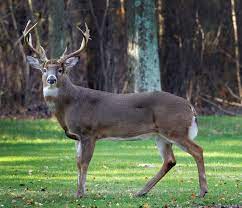
The graceful white-tailed deer is an iconic resident of New England’s forests and meadows. With their distinctive twitching tails and impressive antlers, these herbivores are integral to the region’s ecosystem. They help shape plant communities through their browsing habits, influencing the growth of various plant species and promoting biodiversity.
Eastern Coyote:

The enigmatic eastern coyote, a clever blend of coyote and wolf genetics, prowls the landscapes of New England. Adaptable and elusive, these predators play a vital role in controlling populations of smaller mammals, helping to maintain a balanced ecosystem.
Red Fox:
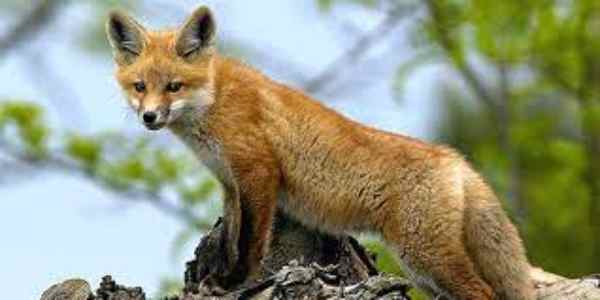
The vibrant red fox is a common sight in New England’s fields and woodlands. Known for their intelligence and agility, they are opportunistic hunters, preying on rodents and small mammals. Their presence is a reminder of the region’s wild spirit.
Black Bear:
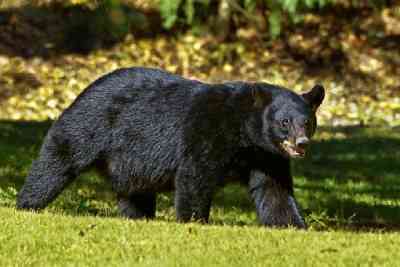
The formidable black bear, the largest land mammal in the region, inhabits the forests of New England. Revered in Native American cultures, these omnivores contribute to forest health by dispersing seeds and controlling insect populations. Coexisting with them requires understanding and responsible practices.
Eastern Chipmunk:
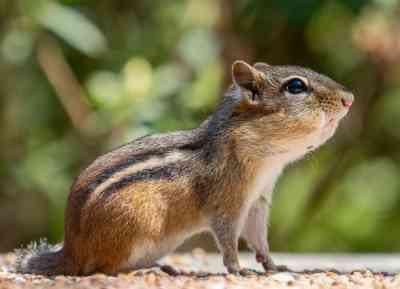
The charming eastern chipmunk, with its distinctive stripes, is a small but significant resident of New England’s woodlands. These diligent foragers play a role in seed dispersal and contribute to soil aeration through their burrowing activities.
American Robin:

A harbinger of spring, the American robin’s cheerful song and red breast mark the changing seasons in New England. These migratory birds have a vital role in controlling insect populations and aiding in seed dispersal.
Eastern Bluebird:

The eastern bluebird’s vibrant blue plumage adds a burst of color to New England’s meadows and grasslands. Conservation efforts have helped these cavity-nesters thrive, contributing to insect control and plant pollination.
Wild Turkey:
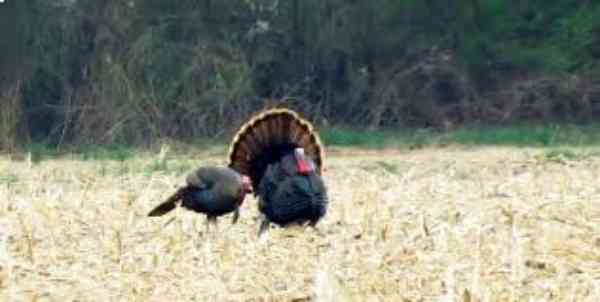
Once on the brink of extirpation, the wild turkey now thrives in New England’s forests. Their comeback story is a testament to conservation success. These large birds contribute to forest health by controlling insect and small animal populations.
Peregrine Falcon:

The peregrine falcon, known for its incredible speed during hunting dives, has made a triumphant return to New England’s skies after facing endangerment due to pesticides. Their presence indicates the improved health of the region’s ecosystems.
Common Raven:

With their glossy black feathers and intelligent behaviors, common ravens are fixtures in New England’s landscapes. These scavengers have a vital role in cleaning up carrion and maintaining the balance of local ecosystems.
Atlantic Cod:

The Atlantic cod, an iconic symbol of New England’s maritime heritage, has long been a staple of the region’s fisheries. Overfishing and environmental changes have challenged their populations, underscoring the importance of sustainable fishing practices to preserve this vital species.
Striped Bass:

The sleek and powerful striped bass is a prized catch among anglers along New England’s coastlines. Their migratory patterns make them a key player in both recreational fishing and marine food webs.
Brook Trout:

New England’s clear, cold streams are home to the brook trout, a vibrant fish species beloved by anglers. These native trout serve as indicators of water quality and contribute to the allure of the region’s freshwater habitats.
American Eel:

The mysterious American eel undertakes an astonishing migration from New England’s rivers to the Sargasso Sea for reproduction. Their unique life cycle showcases the interconnectedness of freshwater and marine environments.
Harbor Seal:

Found along New England’s rocky shores, harbor seals are charismatic marine mammals that bask on rocks and swim gracefully in the waves. They are a testament to the region’s rich coastal biodiversity.
Humpback Whale:

The majestic humpback whale’s annual migration to New England’s feeding grounds is a spectacle that draws tourists and researchers alike. Their acrobatic displays and haunting songs are a reminder of the region’s deep connection to the ocean.
Atlantic White-sided Dolphin:

Energetic and social, Atlantic white-sided dolphins can often be spotted riding the bow waves of boats in New England’s waters. Their presence adds a touch of playfulness to the region’s marine environments.
Northern Right Whale:
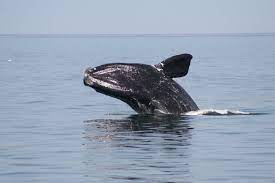
The critically endangered Northern right whale is a rare sight in New England’s seas. Their conservation represents a collaborative effort to protect these gentle giants and their habitats.
New England Cottontail:

The New England cottontail, a native rabbit species, faces habitat loss and competition from its non-native counterpart. Conservation initiatives aim to preserve this species and its role in the region’s ecosystems.
Eastern Box Turtle:

The eastern box turtle, with its intricate shell patterns, roams New England’s forests and meadows. These slow-moving creatures contribute to insect control and seed dispersal.
Atlantic Puffin:

New England’s offshore islands host colonies of adorable Atlantic puffins during their breeding season. These charismatic seabirds are a testament to the importance of preserving both land and sea habitats.
Timber Rattlesnake:
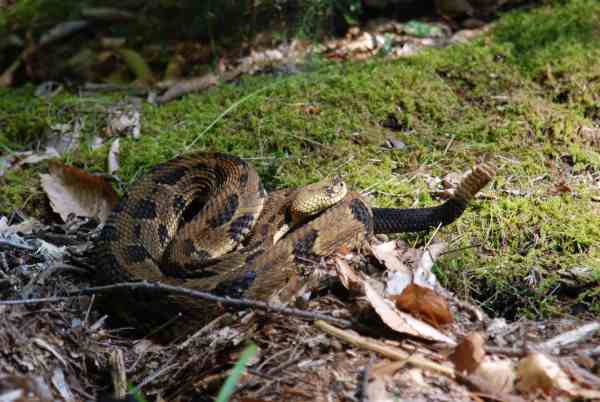
The timber rattlesnake, a shy and venomous reptile, plays a role in controlling rodent populations in New England’s forests. Despite their fearsome reputation, these snakes are a vital component of the region’s ecosystems.
Habitats and Ecosystems:
New England’s landscapes are a tapestry of diverse habitats, from lush forests and serene wetlands to rugged coastlines and expansive meadows. These ecosystems provide homes for a wide range of animal species, each adapted to its environment. The intricate relationships between plants, animals, and the physical surroundings contribute to the region’s biodiversity and ecological resilience.
Human-Wildlife Interactions:
As human settlements expand and intertwine with natural habitats, interactions between people and wildlife become increasingly complex. Encounters range from the enchanting to the challenging, highlighting the need for coexistence strategies that ensure both human safety and the well-being of animals. Balancing the needs of expanding populations with the preservation of natural habitats is a critical consideration.
Animal-Watching and Ecotourism:
The allure of observing animals in their natural habitats has given rise to ecotourism, a booming industry in New England. Wildlife enthusiasts flock to the region to catch glimpses of diverse species, from migratory birds to marine mammals. Responsible ecotourism practices promote education and conservation while minimizing disturbance to animals and ecosystems.
Ethical Considerations and Responsible Wildlife Interaction:
Ethical dilemmas arise when considering how to interact with wildlife. While watching animals can be exhilarating, responsible behavior is paramount. Respecting animals’ space, avoiding direct interference, and refraining from feeding them are essential to preserve natural behaviors and prevent harm to both animals and humans.
Future of New England’s Animal Diversity:
The future of New England’s animal diversity hinges on conservation efforts, habitat preservation, and sustainable practices. Collaboration between communities, policymakers, scientists, and conservation organizations will determine whether iconic species continue to thrive or face further decline.
Conclusion:
New England’s vibrant animal diversity weaves a narrative of the region’s rich natural heritage. From the resilient predators that prowl its forests to the graceful marine creatures that traverse its waters, each species adds a layer of complexity to the ecological fabric.
The journey of exploring animals in New England reveals the delicate balance between human presence and the thriving natural world, emphasizing the importance of responsible stewardship for generations to come.
Reference:
- https://www.inaturalist.org/places/new-england
- https://www.squamlakes.org/sites/default/files/uploads/week_7_presentation-jsla.pdf
- https://newenglandforestry.org/2017/11/27/wildlife-in-winter/

Rahul M Suresh
Visiting the Zoo can be an exciting and educational experience for all involved. As a guide, I have the privilege of helping students and visitors alike to appreciate these animals in their natural habitat as well as introducing them to the various aspects of zoo life. I provide detailed information about the individual animals and their habitats, giving visitors an opportunity to understand each one more fully and appreciate them in a more intimate way.

